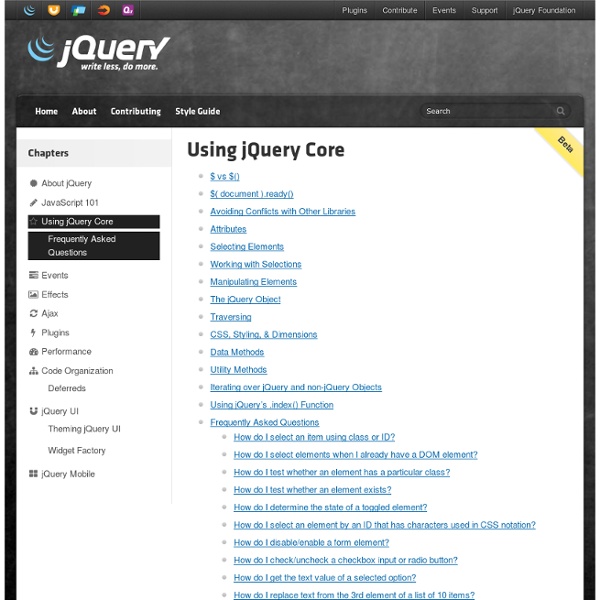



Hierarchical Menus with the Underrated style.display Object One of the most common DHTML requests I get is for a Windows Explorer-style hierarchical menu, where there's a list of topics or "folders" that a user can click on to reveal subtopics, or "files," within that folder. It's a common desktop metaphor that seems ever more necessary on the Web, especially as we see navigation bars incorporating larger and more complex content while still trying to fit on the screen. Hierarchical menus are a solution to the common problem of having too many links in too small a space. But, I figured, there are several Web sites where you can find large, complex scripts to create large, complex hierarchical menus. Instead, I'll show you how to make your own menus, of any length or complexity, with the use of an extremely useful and widely unknown DOM CSS property, style.display.visibility. When you set an element to visibility="hidden", it simply disappears while still taking up space on the page, almost as if it were transparent. Houdini with an index
Dive Into HTML5 Learning in Networks of Knowledge | Applications for a paradigm shift in online learning --- Matthew Allen, ALTC Teaching Fellow Responsive Web Design The English architect Christopher Wren once quipped that his chosen field “aims for Eternity,” and there’s something appealing about that formula: Unlike the web, which often feels like aiming for next week, architecture is a discipline very much defined by its permanence. Article Continues Below A building’s foundation defines its footprint, which defines its frame, which shapes the facade. Each phase of the architectural process is more immutable, more unchanging than the last. Creative decisions quite literally shape a physical space, defining the way in which people move through its confines for decades or even centuries. Working on the web, however, is a wholly different matter. But the landscape is shifting, perhaps more quickly than we might like. In recent years, I’ve been meeting with more companies that request “an iPhone website” as part of their project. A flexible foundation#section1 Let’s consider an example design. Becoming responsive#section2 responsive architecture .
Social Media Sparked, Accelerated Egypt's Revolutionary Fire | Epicenter Anti-government protesters celebrate in Tahrir Square in downtown Cairo Friday. Fireworks burst, and Egypt exploded with joy and tears of relief after pro-democracy protesters brought down President Hosni Mubarak with a momentous march on his palaces and state TV. Emilio Morenatti/AP If three decades of violent repression and despotic rule were kindling for the Egyptian revolution, social media was both a spark and an accelerant for the movement. Did social media like Facebook and Twitter cause the revolution? “In the same way that pamphlets didn’t cause the American Revolution, social media didn’t cause the Egyptian revolution,” said Sascha Meinrath, director of the New America Foundation’s Open Technology Initiative. It is a truism in political science that successful revolutions are born in the streets — from the Boston Massacre of March 1770 and the storming of the Bastille in Paris in July 1789, to the streets of Cairo in January and February 2011.
Social networks credited with role in toppling Egypt's Mubarak As Egypt's embattled President Hosni Mubarak gave up his presidency Friday, analysts and some of the Egyptian protestors said he'd still be in charge if not for the power of social networking. After 18 days of tumultuous protests and stubborn refusals to leave a position he's held for 30 years, Mubarakgave up power today, handing over authority to the nation's military leaders. During a time of unrest that saw Mubarak's regime disconnect Egypt from the Internet for several days, social networking sites like Facebook and Twitter served as critical tools for the people seeking to topple the long-time ruler. President Barack Obama this afternoon noted the role of technology in the uprising, praising Egyptians who used "their creativity, talent and technology to call for a government that represented their hopes and not their fears." "Because of that, Mubarak and his regime felt they had no other choice than to step down."
EPFL | LDM